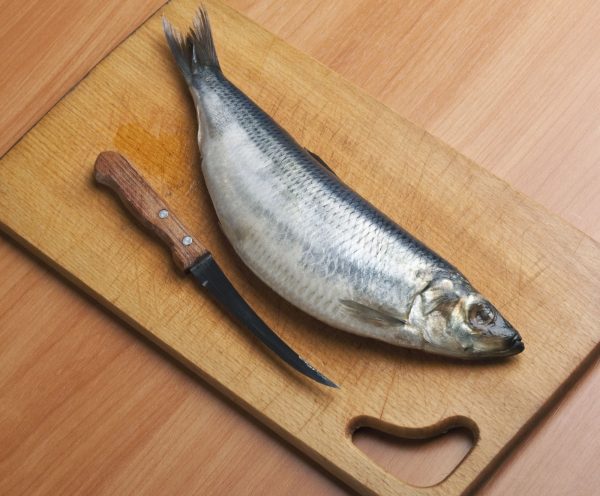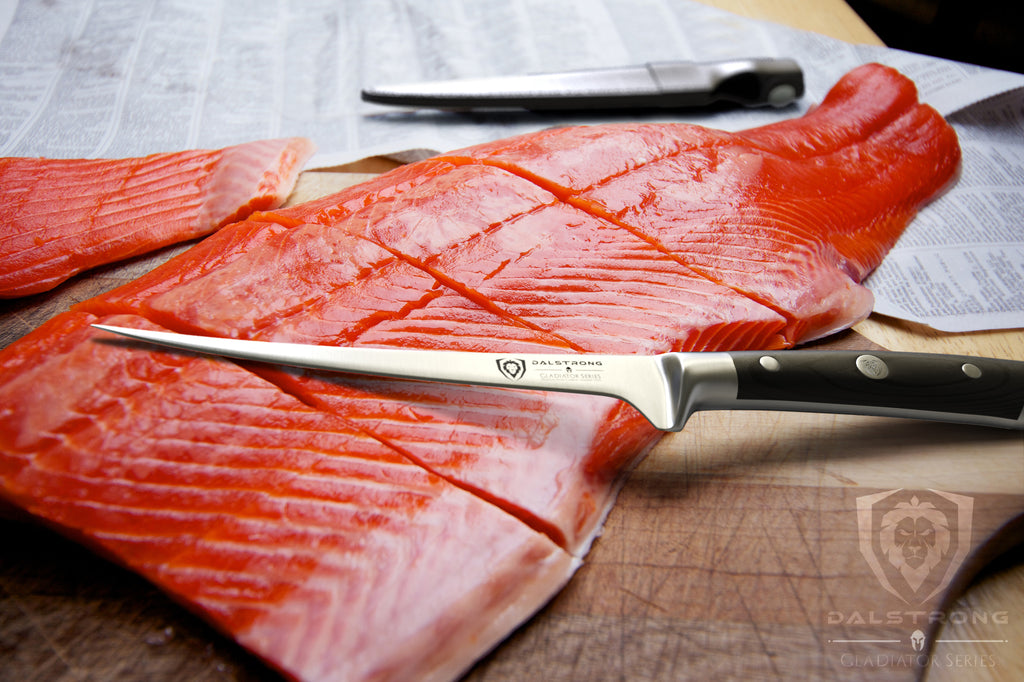Sharpening a fillet knife without a sharpener might sound challenging, but its achievable with the right techniques. If you enjoy cooking and prepping meals in the kitchen, you’re in for a treat. In this article, well explore practical and delightful ways to keep your fillet knife in tremendous shape. Ready to dive in? Lets get started!

1. Why a Sharp Fillet Knife Is Important
A sharp fillet knife is essential for precise cuts and ease of use. A dull knife can ruin your culinary experience and makes tasks more arduous. Lets understand the importance of keeping your fillet knife sharp and its benefits.
The Benefits of a Sharp Fillet Knife
Using a sharp knife minimizes effort, reduces accidents, and allows for more precise slicing. A well-sharpened knife ensures clean cuts, which is crucial for delicate tasks like filleting fish.

2. Common Household Items to Sharpen a Fillet Knife
Did you know you can use everyday items to sharpen a fillet knife? Yes, its possible! Let’s explore some common household items that can come to your aid when you don’t have a sharpener.
Using a Ceramic Mug
One excellent way is by using the bottom of a ceramic mug. Hold the knife at a 20-degree angle and carefully slide it along the unglazed ring of the mug. Repeat this a few times on both sides.
Using a Car Window
Surprisingly, a car window can be a handy tool. Open the window slightly, and using the edge of the glass, run the knife blade across the top edge at a consistent angle. Do it a few times for effective results.
Using a Nail File
A nail file, particularly one with a ceramic or glass base, can serve as a temporary sharpener. Scrape the knife gently against the files ridged surface.

3. Step-by-Step Guide to Using a Ceramic Mug
Let’s take a deeper look at how you can use a ceramic mug to get a sharper edge on your fillet knife.
Step 1: Select a Suitable Mug
Choose a mug that has a rough bottom ring. This part should be unglazed for better friction.
Step 2: Hold the Knife at the Right Angle
Place the knife at a consistent 20-degree angle to ensure even sharpening. Holding it at the right angle is crucial for effectiveness.
Step 3: Sharpening Action
Firmly draw the knife across the bottom of the mug, ensuring equal pressure on both sides. Repeat this motion several times, alternating sides.
Step 4: Testing the Sharpness
After sharpening, its important to test the knife. Carefully run the blade through a piece of paper or test on some kitchen vegetables.

4. Maintenance Tips for Your Fillet Knife
Keeping your fillet knife in great condition requires routine maintenance. Lets explore some terrific maintenance tips.
Regular Cleaning
Always clean your knife after each use with warm, soapy water. Dry it immediately to prevent rusting.
Storing Properly
Store your knife in a knife block or magnetic strip instead of throwing it into a drawer. This will help keep the edge sharp and prevent accidents.
Periodic Sharpening
Even with careful maintenance, your knife will still need periodic sharpening. Depending on usage, sharpening every a few months can keep it in prime condition.
5. Alternative Methods to Sharpen Your Fillet Knife
Besides using everyday items, there are other creative ways to sharpen your fillet knife. Lets delve into some alternatives.
Using a Leather Belt
Did you know your leather belt can double as a strop? Hold the belt taught and run the knife back and forth along the smooth leather side.
Using Sandpaper
If you have some fine-grit sandpaper, you can use it to sharpen your knife by holding the knife at an angle and dragging it across the sandpaper.
Using a Stone
A smooth river stone or other flat stone can serve as a makeshift sharpening stone. Ensure to wet the stone before sharpening.
6. FAQ Section
Can I use these methods on other types of knives?
Yes, these methods can be applied to various kitchen knives, though you may need to adjust angles and pressure.
How often should I sharpen my fillet knife?
It depends on frequency of use. Generally, every few months keeps it in excellent condition.
Are these methods safe for beginners?
Absolutely! As long as you follow the instructions carefully, these methods are safe and effective even for beginners.
For more about sharpening techniques, visit CNETs guide on sharpening kitchen knives.
Conclusion
Now that you know how to sharpen a fillet knife without a sharpener, you can ensure your knife remains a powerful tool in your culinary arsenal. Whether it’s using a ceramic mug, a car window, or other creative methods, maintaining a sharp fillet knife has never been easier. Happy cooking!
As an Amazon Associate, I earn from qualifying purchases.


